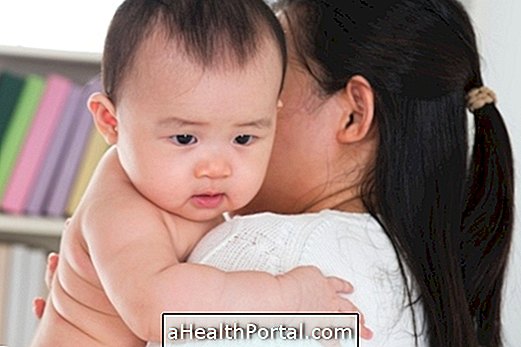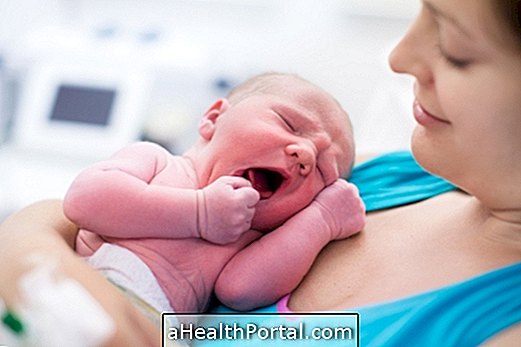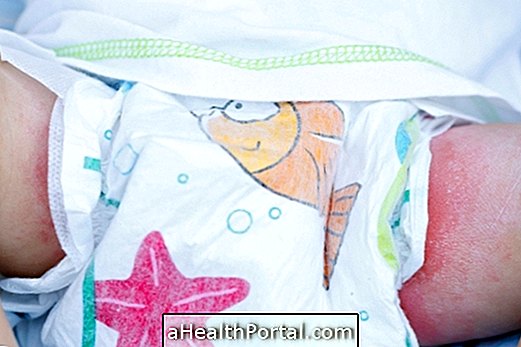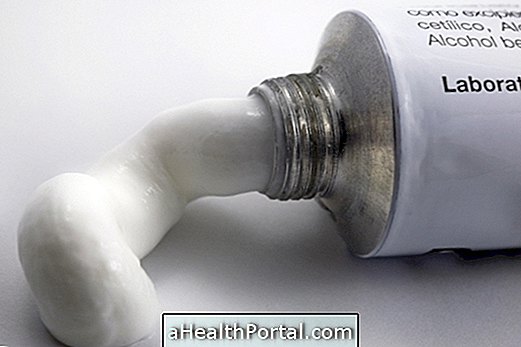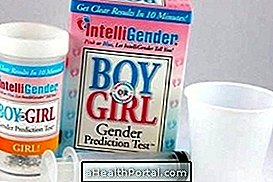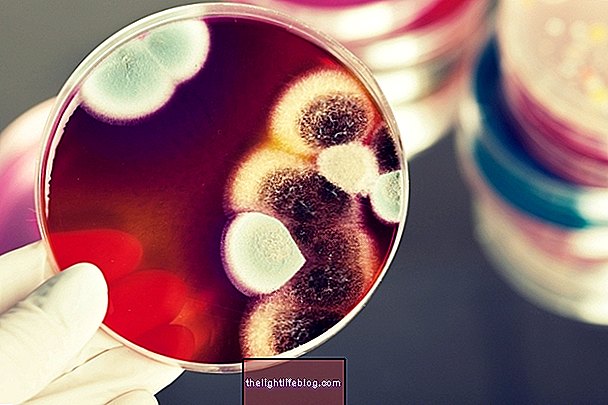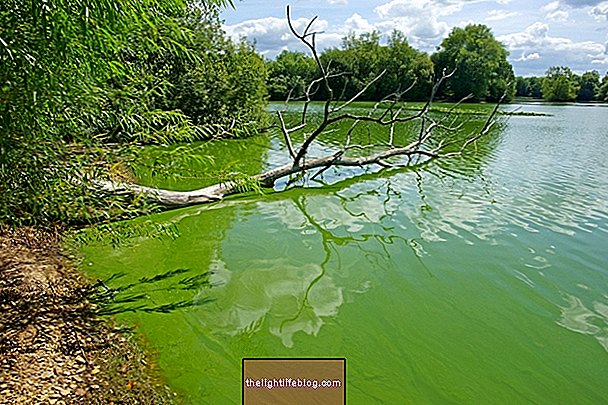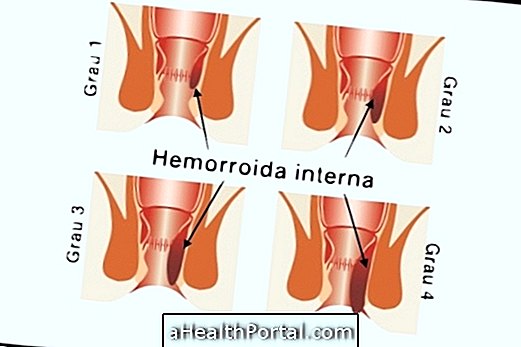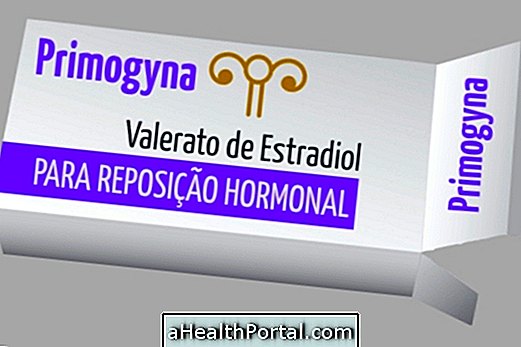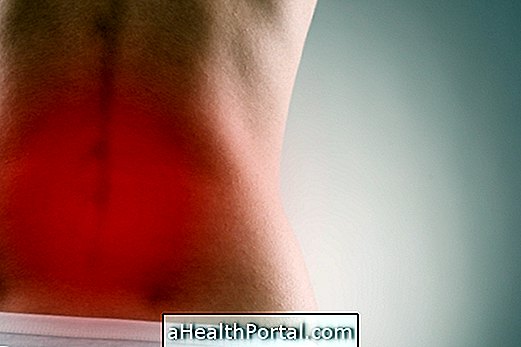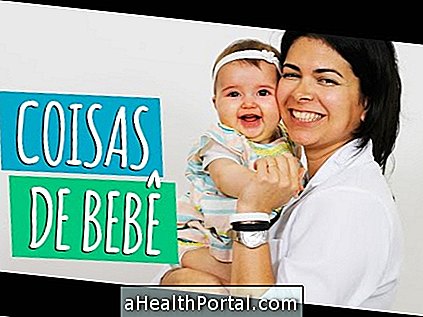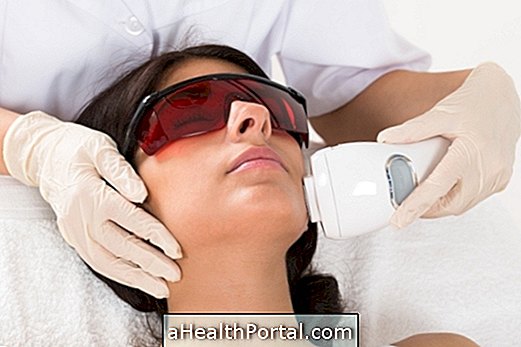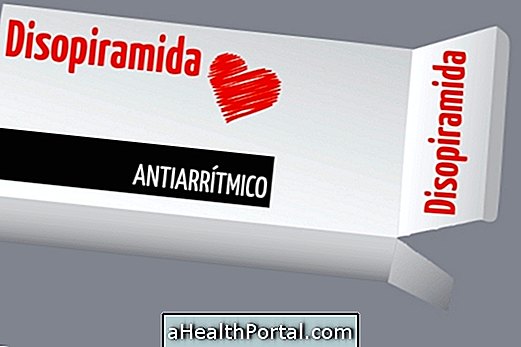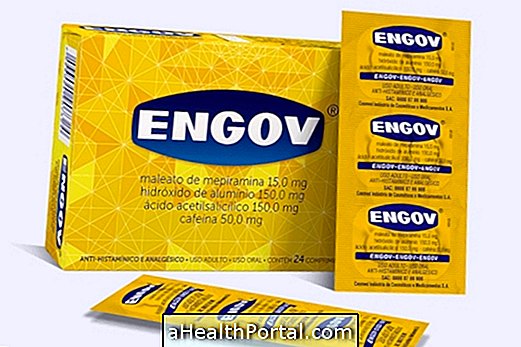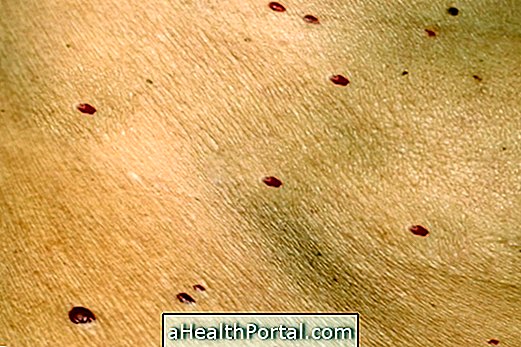Although very rare, the baby between 6 months and 1 year of age can be contaminated with measles, with several small patches throughout the body, fever above 39 ° C and easy irritability.
Measles is an extremely contagious but relatively rare disease that can be prevented with the administration of the measles vaccine, which is included free of charge in the National Vaccination Plan. However, this vaccine is only indicated after the first 12 months of age and therefore some babies may end up having the disease before that age.
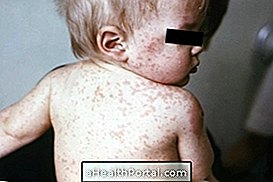

When to get measles vaccine
The measles vaccine included in the National Vaccination Plan must be done after the first year of age. This is because during the first few months of life, the baby is protected with measles antibodies received from the mother during pregnancy and during exclusive breastfeeding and is therefore protected from the disease.
However, children who did not have exclusive breastfeeding may have a lower number of antibodies, which facilitates the onset of the disease before 12 months and before vaccination. In addition, if the mother has never taken the measles vaccine or has not had the disease it may also lack antibodies to pass into the baby, increasing the risk of the baby developing measles.
Learn more about the measles vaccine and how the vaccination schedule should be done.
How to know if your baby has measles
Initially, when the first spots on the skin appear, measles may be mistaken for an allergy, however, and unlike allergies, your baby may have other symptoms such as:
- Fever above 39ºC;
- Severe irritability;
- Persistent dry cough;
- Coriza and redness in the eyes;
- Decreased appetite.
In addition, it is common for the spots to appear first in the region of the scalp with a purplish-red color and then spread throughout the body. Also in cases of measles, the baby may develop small bluish-white spots within the mouth that disappear within 2 days.
When noticing any of these symptoms the parents should take the child as soon as possible to the pediatrician so that he can confirm the diagnosis of the measles and indicate the necessary treatment.
How to confirm the diagnosis
The best way to confirm the diagnosis of measles is to see a pediatrician to make an assessment of the child's symptoms and medical history, however, if there is a suspicion that the patches may be caused by another disease, the doctor may also ask for a blood test, for example.

How is the treatment done?
The treatment for measles in the baby is made with the intake of painkillers and antipyretics such as Dipirone, to decrease the symptoms of the disease. The World Health Organization also indicates vitamin A supplementation for all children diagnosed with measles.
Measles lasts an average of 10 days and during this time it is recommended to offer a light diet and offer plenty of water and freshly prepared fruit juices to avoid dehydration. If the baby is still breastfeeding, he or she should breastfeed several times a day, bathe in cold water, and make the baby sleep longer for his or her immune system to fight the disease.
- To lower the fever naturally: Use a cold compress, placing on the forehead, the nape of the neck and the baby's groin. Putting light clothes on and keeping the baby in a well ventilated place are also strategies that help control the temperature. See more tips for lowering fever in baby.
- To keep baby's eyes always clean and free of secretions: Wipe a piece of wet cotton with saline, wiping the eyes always from the inner corner of the eye to the outer corner. Offering cold, unsweetened chamomile tea can help keep your baby hydrated and calmer, making recovery easier. Learn other care to control conjunctivitis in the baby.
Some pediatricians also indicate an antibiotic to avoid the complications of measles, such as otitis and encephalitis, but only in case of malnutrition or impaired immune system because measles rarely has these complications.


